Implementation of 
Steps to introduce ASIAGAP
Up to this point we have described the farm management required by ASIAGAP.
From this point on, we will explain the procedures that need to be followed until obtaining ASIAGAP certification.
(The pictures include JGAP and other GAP in line with the guideline as well.)
1. Acquiring an Overview of ASIAGAP and the Required Farm Management Skills
While this page is just a brief explanation of the process, first it is important to learn what exactly ASIAGAP is, and what kind of farm management is required.
As the photos shown, training is sometimes conducted by groups that have actually obtained ASIAGAP certification.
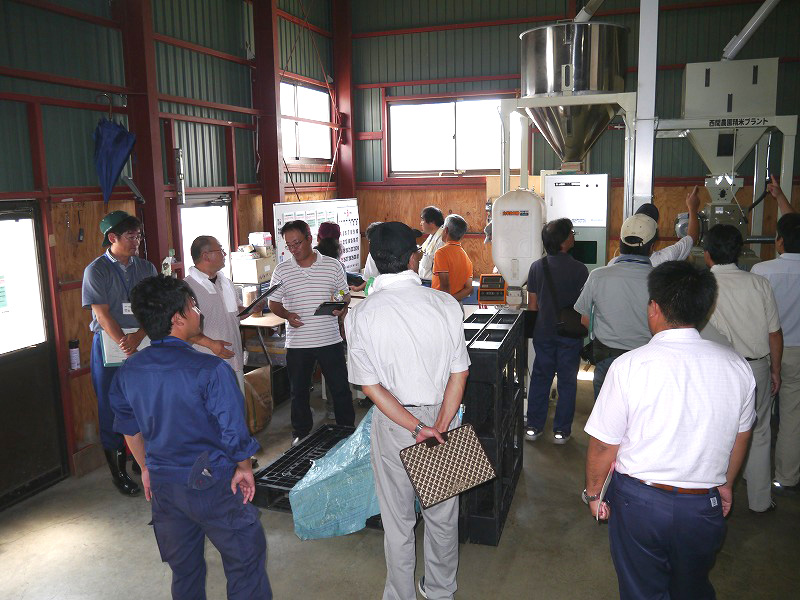
(Original: Hokkaido Kamikawa Agricultural Extension Center)
2. Clarifying and Enhancing the Qualities of the People Responsible
As part of a farm's organizational structure, people in charge of (1) farms, (2) product management, (3) fertilizer management, (4) agrochemicals management, (5) worker safety and (6) labor management are determined, and each of those people need to acquire the required knowledge for those positions.
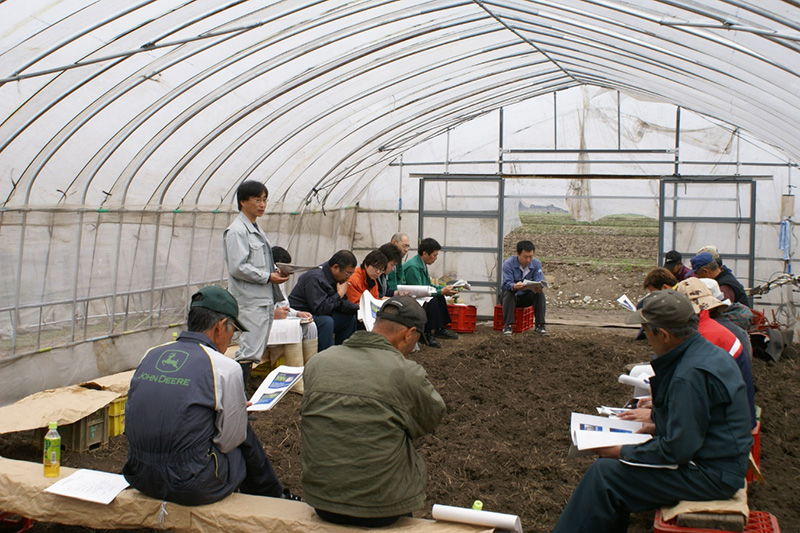
(Original: Hokkaido Kamikawa Agricultural Extension Center)
3. Confirming the Production Environment and Conducting a Risk Assessment
For each production process at a farm, the environment is confirmed and a risk assessment is conducted.
In the photo, the possibility of adding compost to a field is being examined.
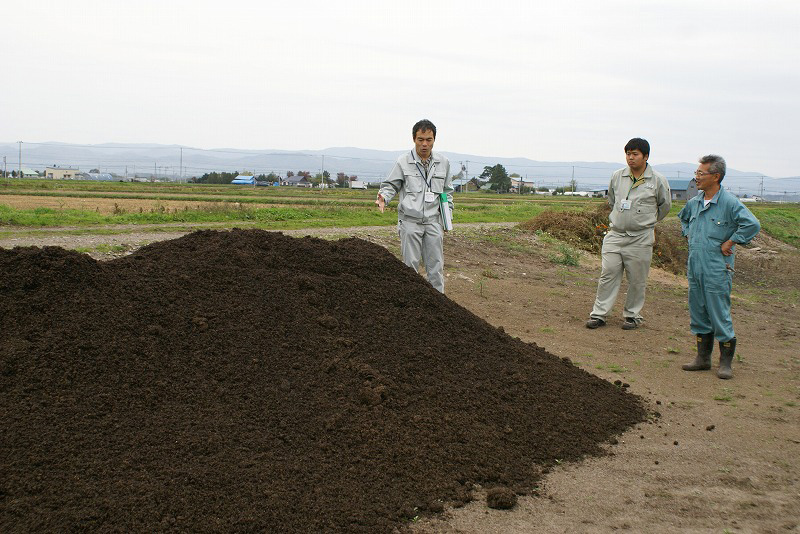
(Original: Hokkaido Kamikawa Agricultural Extension Center)
4. Developing Procedures and Organizing the Necessary Documents and Ledgers
Procedures are developed based on the risk assessment, and then the necessary documents are prepared.
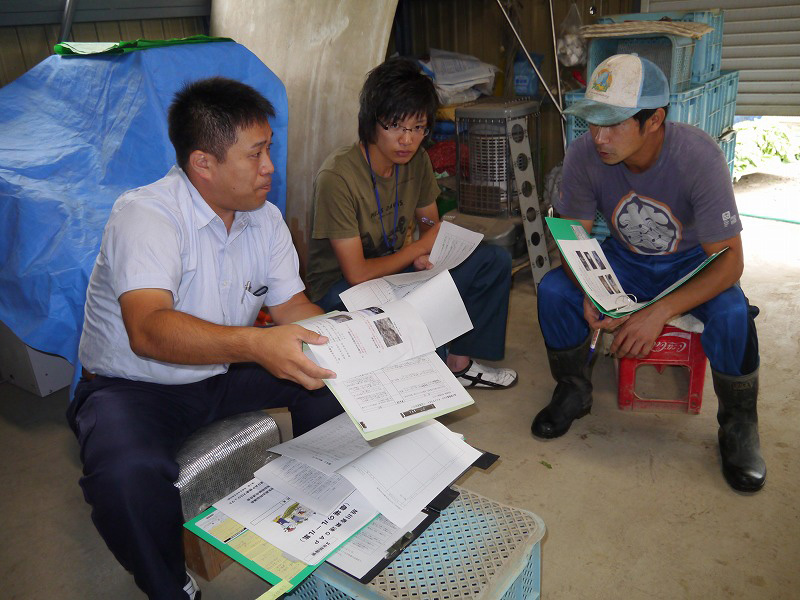
(Original: Hokkaido Kamikawa Agricultural Extension Center)
5. Environmental Improvement and Dissemination of the Rules
Environmental improvements including fields and facilities are carried out while disseminating the farm rules among workers.
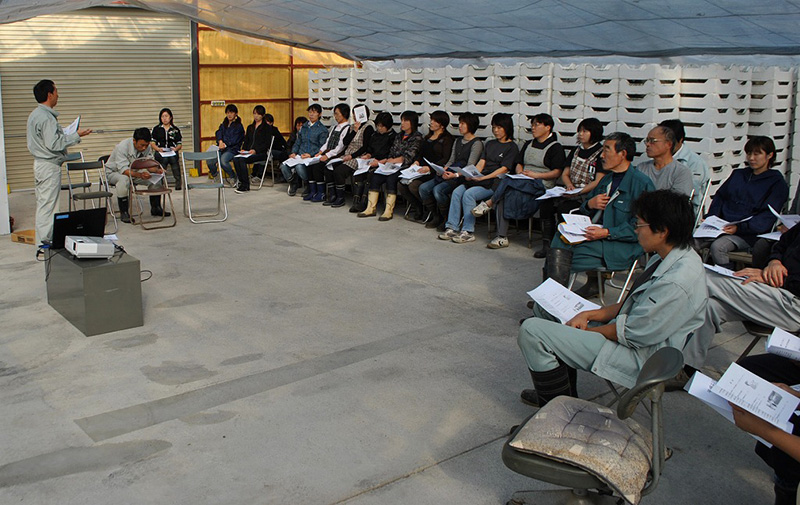
(Original: Hokkaido Kamikawa Agricultural Extension Center)
6. Implementation and Recording of Production Activities
Production activities are carried out based on the rules and the results are then recorded.

(Original: Hokkaido Abishiri Agricultural Extension Center)
7. Internal Audits
At least once a year, farms confirm whether the farm management required in the control points and compliance criteria are being implemented.
Farms check compliance or non-compliance with the control points and compliance criteria on their own, and take corrective action to address areas of non-compliance.
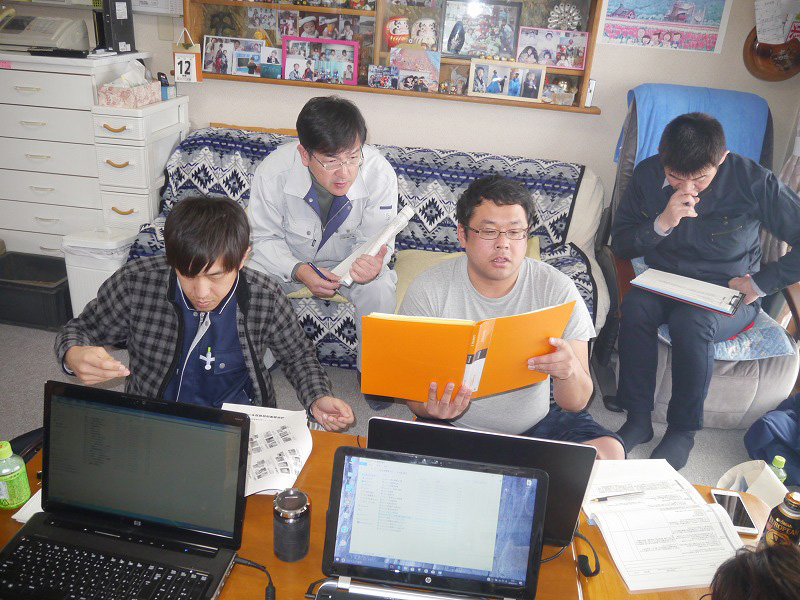
(Original: Hokkaido Abishiri Agricultural Extension Center)
8. Review and Obtaining Certification
Farms obtain certification by taking action on items requiring correction in response to a review.
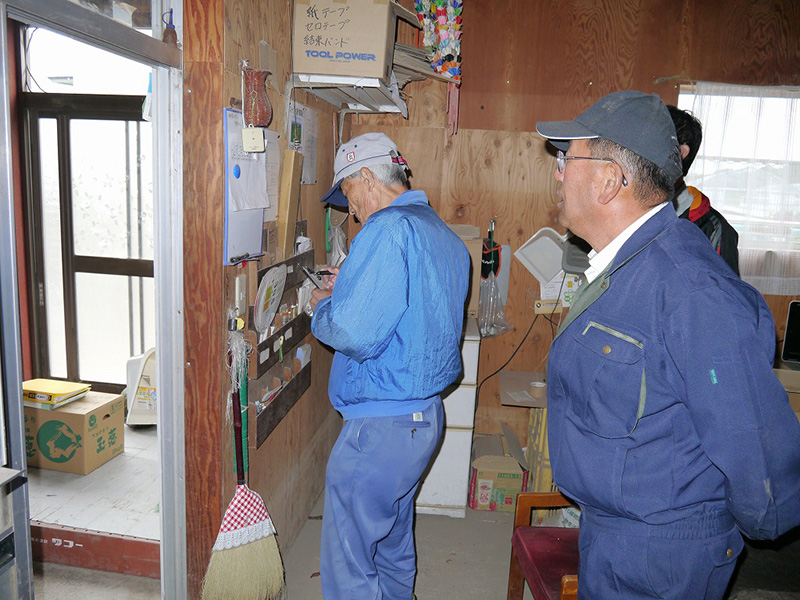
(Original: Hokkaido Abashiri Agricultural Extension Center)
